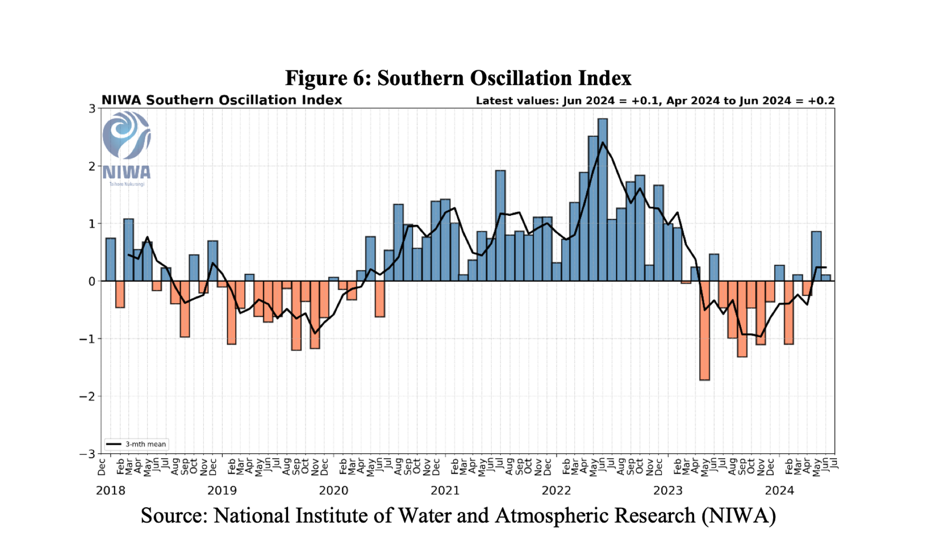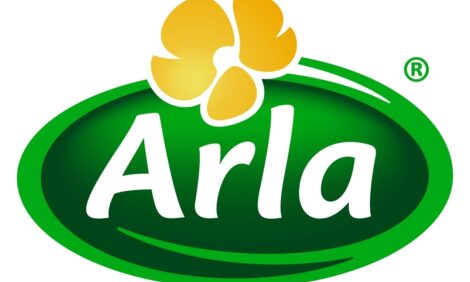



NZ cattle slaughter forecast to rise slightly in 2025
Dairy industry changes contribute to increased slaughterFAS/Wellington forecasts slaughter numbers for 2025 MY to total 4.645 million head, which is just a 5,000 head increase on the current forecast for the outgoing 2024 MY, according to a recent US Department of Agriculture (USDA) Global Agricultural Information Network (GAIN) report.
Factors causing this increase in slaughter include changes to the dairy industry’s approach to the retention of non-replacement calves on farms. This results in more slaughter of more heifers and steers as calves historically regarded as wastage are now being finished at a mature weight. Therefore, FAS/Wellington maintains the number of other cattle (heifers, steers, and bulls) slaughtered, despite a decrease in cow slaughter numbers.
This retention strategy of calves changes the national pastoral livestock farming herd. New Zealand has a history of being heavily sheep-centric, to now, where the sheep and deer herds are decreasing at a rate more than twice that of the cattle herd. As a result, this species mix contributes to a higher average carcass weight with more prioritized feeding.
USDA data shows a growing global demand for beef and veal at 0.3% per year (see Figure 6). As the world’s sixth largest beef and veal exporter to the world, FAS/Wellington attributes this to the increase in slaughter numbers year-on-year. As a result, the beef cow number has stabilized according to MPI forecast, where in previous years it had been in decline year-on-year.

The easing of government restrictions with the change of government is predicted to have a slowing effect on what was a rapidly decreasing trend to the overall herd numbers. Especially with the regards to the rules associated with winter grazing and stock exclusion, making beef operations more feasible in marginal and extensive grazing areas which were being forecasted into forestry.



